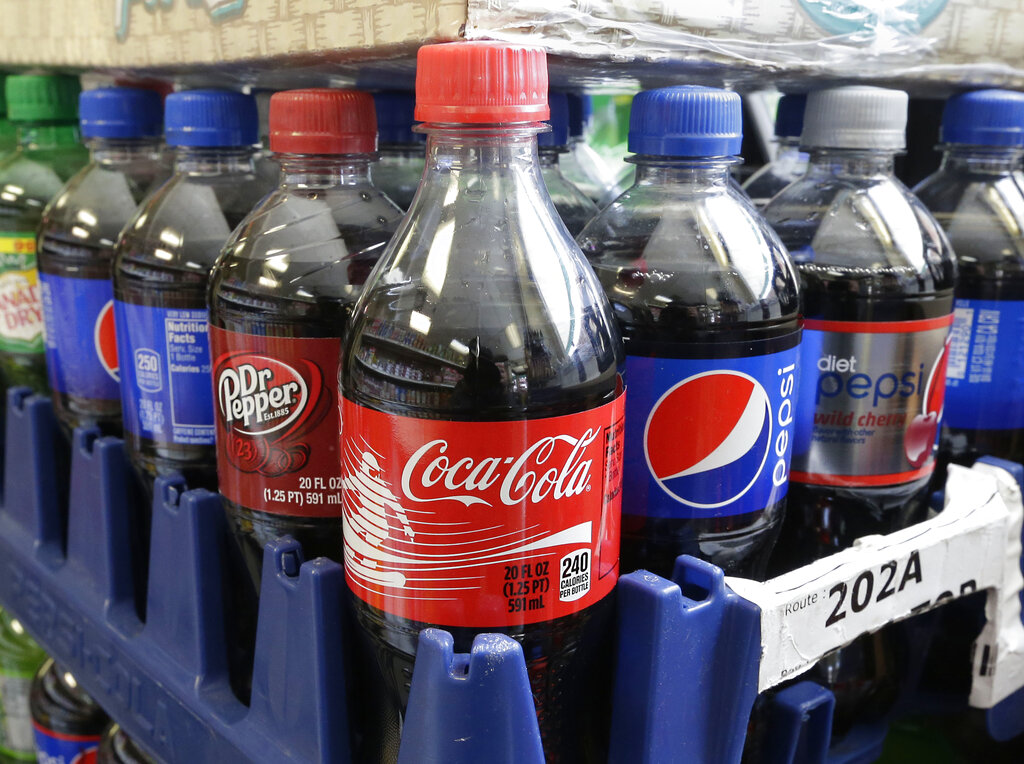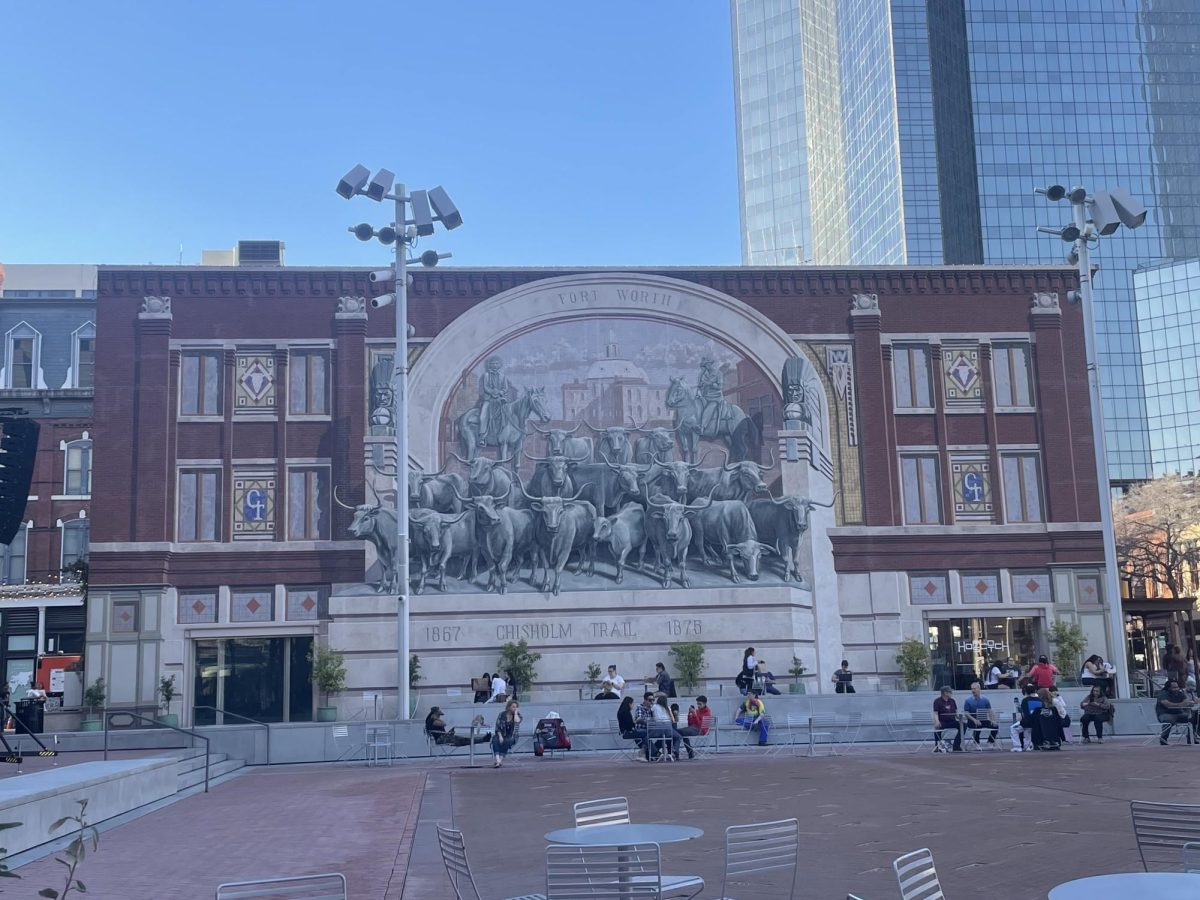It’s happening now – connecting every neighborhood in the city to the Trinity River corridor. The project will create a true Panther Island in Fort Worth, improve roads and trails, and develop the largest urbanized park in the country.
According to project officials, the primary purpose of the project is to provide needed flood protection; however, it also aims to add new recreational amenities, improves infrastructure and provides environmental enhancements.
Encouraged by community volunteers in the 1980’s, developed by urban designers in the 1990’s, and adopted by City Council in 2003, the Trinity River Vision Authority project encompasses 88 miles of the Trinity River throughout the Fort Worth area.
“There are three main parts to the project,” said Matt Oliver, TRVA spokesman, “Downtown Panther Island, Gateway Park and the trail system.”
Oliver said that residents of Fort Worth will be seeing construction on all three parts this year.
The revitalization of Gateway Park east of downtown is a component of the Central City portion of the Trinity River Vision.
The plan includes a major restoration of the park’s ecosystem and provides numerous and diverse recreational amenities. These are secondary, however, to the flood control aspects.
According to a 2006 report conducted by the Army Corps of Engineers, 86% of the levies in the project area failed flood testing. This further motivated developers to move forward with re-structuring the area.
Earlier this year the federal government allocated $17.4 million to the project to help with dirt clearing and other related tasks, according to the TRVA website.

When completed, Gateway Park will be three times the size of Central Park in New York, making it the largest urbanized park in the country.
The completed gateway park will include a combination of soccer, baseball and softball fields, a system of hiking and equestrian trails, and a centralized amphitheater.

The Trinity Trails system that runs along the river through Fort Worth is also undergoing major work. Oliver said the city has a $5 million grant that needs to be spent by Dec. 31 of this year. He added that they are currently in construction of two observation decks, pedestrian bridges, and new trails.
Gateway Park isn’t the only piece of the project expected to see major changes in the next couple of years.
“Panther Island is perhaps the most well-known of the project components,” Oliver said.

Ultimately, Panther Island will open up the development of 800 acres connecting Downtown, the Cultural District and the Stockyards, Oliver said. The waterfront created by the island will be larger than the river walk in San Antonio.
Public improvements will virtually double the size of downtown and projections estimate it they will generate more than $600 million in economic development activity during the first decade alone.
The economic gain will come as a welcomed return on investment to the multi-million dollar project.
So far, the numbers include $422 million in local tax dollars targeted for Panther Island. The project is also receiving $26.6 million from the city of Fort Worth, $11 million from Tarrant County and $64.4 million from the Tarrant County Water District.
This is all in addition to the $17.4 million added by the federal government and the amount budgeted by the Army Corps of Engineers-$411.6 million.

Before the city can enjoy the finished product, some will have to endure large-scale construction and road changes.
According to the organization’s website, White Settlement Road will be closed from the Fort Worth & Western railroad tracks to Henderson St. until spring of 2018. This is needed to allow for construction of the new White Settlement Road Bridge that will go over the tracks.
While the road is closed for thru traffic, access to local businesses between University Drive and the railroad will continue to be maintained during construction. The key alternate routes for thru traffic during the closure will be Henderson Street and 7th Street.

A segment of each roadway under the new bridge footprint will also be temporarily closed. Traffic will be re-routed either on newly constructed detour roads or by utilizing existing streets.
On Henderson Street and North Main Street, a reroute will be in placed directly next to the existing roadway to ensure little to no traffic interruption.

Having spent upwards of $270 million on roads so far, project officials are continuing to find innovative new designs.
Wind RoundaboutOne design is a piece of art commissioned by the TRVA to add visual appeal to traffic. Ned Kahn’s
is a kinetic sculpture 30 ft. tall and 30 ft. in diameter that will be visible to motorists entering the roundabout, according to the project website.
“I am fascinated by blurring the boundaries between art, science, architecture and nature,” said Kahn, who has been building similar structures for 20 years.
“When wind hits it, it creates a ripple effect and really looks beautiful.” Oliver added. By the first week in June, drivers will be using the roundabout as part of a street reroute for the bridge construction.


Despite wide spread construction, the project has met little resistance in recent months. Oliver said he attributes this largely to TRVA’s proactive approach.
“We have pages on our website outlining construction,” he said. “We went to neighborhood meetings and city council to make sure that people knew what to expect on the front end.”
Texas Department of TransportationIn addition to preemptive measures, the TRVA coordinates with the
during construction periods. Scott Cooner serves as the on-site mobility coordinator for the project. Anyone can contact him with questions or concerns about the project, effectively making him the ‘boots on the ground’ of the undertaking.
Both Oliver and Cooner say that the project’s approval rating has consistently increased, with ratings the highest they have ever been as of this year.
The approval ratings may suggest that residents are eager to welcome all that the TRVA project promises.
The project has also seen the transition from inception to reality with the coordination and support from community officials. Many, like Fort Worth Mayor Betsy Price, have been public about their support for the endeavor.
“It’s an extraordinary opportunity that will allow residents to reconnect with our city’s greatest natural asset- the Trinity River,” Price said.
Congresswoman Kay Granger also expressed support. She worked in Congress to secure the necessary funds to move forward with the project, even amid national economic woes.
In 2011, Granger told the Star-Telegram that she would continue advocating for local funding for the project.
“The projects that can’t come up with their local funds are the ones that are really going to slow down,” Granger said. “That’s one reason ours goes to the top of the list.”
Though many members of the community have voiced support for the project, not all in the city approve.
Some members have voiced concerns over the fact that bridges are being built over dry land.
the109Don Woodward Sr, a Fort Worth native, told
in April of 2014 that building the bridges would make Fort Worth the laughing stock of the world.
“And what are they going to do?” he asked. “They’re going to build a little stock pond, a 33-acre lake that is going to cover up that confluence, Fort Worth’s premiere landmark.”
Trinity River Improvement ProjectGroups such as the
Institute for Justiceand libertarians from the Texas Chapter of the
have opposed the project, holding meetings and other events in the past to counter the TRV project.
Despite the resistance of certain groups and citizens, the TRV project continues to move forward toward a finish line.
Oliver said that current projections estimate an ultimate completion date around late 2023. This is, of course, subject to changes with weather and other conditions.
The TRVA websiteserves as a resource, providing maps, pictures and up-to-date news about the project.
“Whether you’re on the Southeast or Northwest end of Fort Worth, or somewhere in between, this project affects you,” said Oliver. “It’s exciting to see the project underway.”



